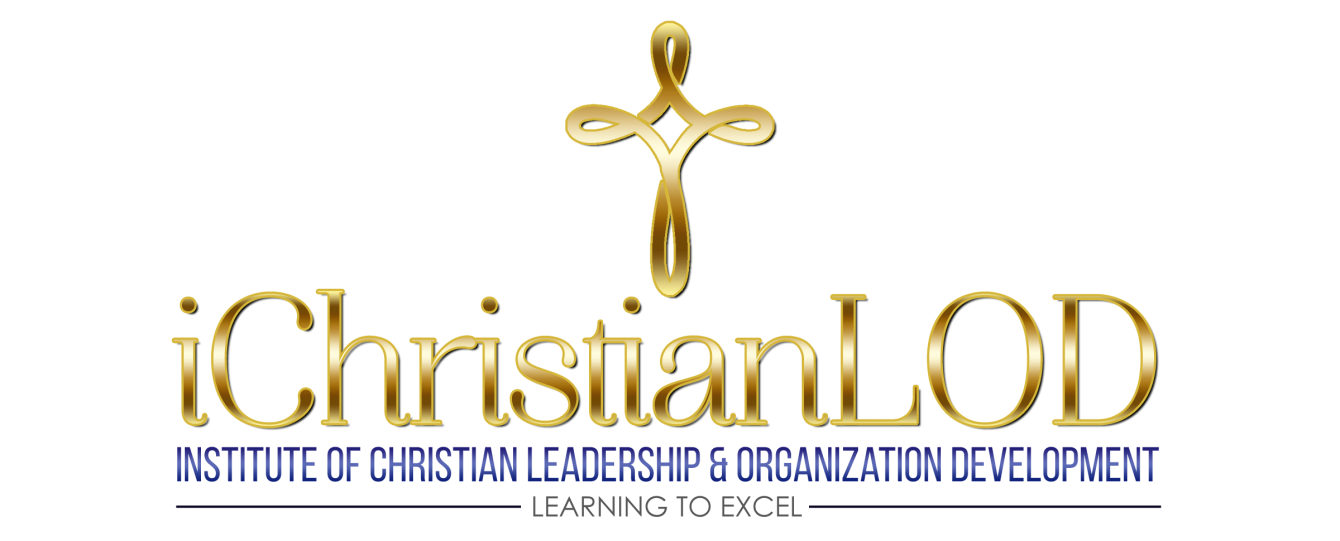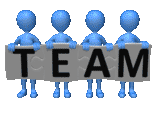
Diana D Williams, Leadership Specialist
The dynamics of learning organizations center around its core subsystem, learning. To understand the concept of the learning dynamics of a learning organization begins with an understanding of what learning is, especially as distinguished from acquiring of knowledge. Learning is a proactive activity that is planned. It occurs when we decide we want to learn. It is reflective in that it requires us to think about the knowledge we have acquired from experiences, observation, or documentation. The most distinguishing factor about learning is that it is creative. When learning takes place, it enables you to do something you were unable to do prior to the learning; which means that learning is a cyclical process that changes based upon the type of learning that is taking place.
The three subsystems that encircle learning are: learning levels, learning types, and learning skills. In order for genuine organizational learning to take place, and for the organization to become smarter as a result of that learning, each subsystem must be fully operational and functioning (Marquardt, 2011).
Learning must occur at three levels within the learning organization, beginning with the individual level, to the group level, and finally the organizational level. It begins at the individual level because organizations themselves are comprised primarily of individuals who must begin the learning process. At this level of learning, key elements are the individual’s commitment and ability to learn. Commitment takes place at the personal level. Ability to learn involves available opportunities to learn, and personal learning skill and potential.
The second level of learning is group learning, which is extremely important for learning organizations who function and accomplish organizational goals as self-directed teams. The teams are comprised of committed self-directed learners, who now bring their commitment to learning as a group, which includes learning to collaborate what they have learned with others, as well as learning collectively from others in the group. Learning collaboratively and collectively releases creativity as learners reflect off of one another, and increases group effectiveness as suggestions of possible solutions are jointly evaluated. The goals of group learning should be aligned with organizational goals to increase synergy within the team or group (Marquardt, 2011).
Organizational learning occurs through the sharing of experiential learning among employees at all levels, and the strategic application and documentation of the results of those experiences, which become organizational policies, strategies, and procedures. The effectiveness of organizational learning is directly related to the effectiveness of individual and group learning.
The three types of learning are adaptive, anticipatory, and action learning. Adaptive learning begins with an action that produces a result, which is reflected upon. The learner adapts his or her actions in order to produce a more desirable outcome. Anticipatory learning begins with a desired outcome, and moves to reflection on how to accomplish that outcome, and ends with an action. Action learning begins with real and specific problems, which are evaluated based upon the reflection of available knowledge to produce the best solutions, which is implemented and assessed during and after implementation (Marquardt, 2011).
The third major learning dynamic of learning organizations are five specific skills that enhance the learning capacities of individuals and thus the organization as a whole. These skills are: systems thinking, mental models, personal mastery, self-directed learning, and dialogue (Marquardt, 2011).
Systems thinking is a skill that enables individuals to visualize and understand the interconnectedness of phenomena. This value of this skill is to see a clear picture of the problem to be solved, which increases the effectiveness of problem solving. Mental models are the pictures that people have at both the conscious and unconscious levels about elements of life. These pictures are developed from experiences and culture, and are powerful because they affect behavior, even though they may be inaccurate and contrary to reality. Individuals must become aware of the mental models they possess, and be willing to change them when necessary, so that they align with reality. Personal mastery is a personal commitment to continually learn and improve, to benefit self and organization. Self-directed learning is accepting responsibility for our own learning. It doesn’t mean we will not need help, but we acknowledge our responsibility to seek and get the help we need. Dialogue is effective communication. It means listening to learn and understand, as well as learning to express one’s own ideas to assist in the collective learning process which is at the core of organizational learning.
Marquardt, M.J. (2011). Building the learning organization. Nicholas Brealey Publishing. Boston, MA.
//
Please follow and like us:

 mmitment — sometimes called buy-in — from the members of the team to work towards certain goals. To get this buy-in, the leader has to clearly articulate the purpose and goals for the team, establish performance standards, and make certain that the goals of the individual teams members are the same as the goals of the team. This is an important and vital first step in building an effective team because commitment is the fuel that accomplishes goals. The power of commitment lies in its emotional and psychological attachment and subsequent reward to employees who are committed to the same goals as the organization.
mmitment — sometimes called buy-in — from the members of the team to work towards certain goals. To get this buy-in, the leader has to clearly articulate the purpose and goals for the team, establish performance standards, and make certain that the goals of the individual teams members are the same as the goals of the team. This is an important and vital first step in building an effective team because commitment is the fuel that accomplishes goals. The power of commitment lies in its emotional and psychological attachment and subsequent reward to employees who are committed to the same goals as the organization.
